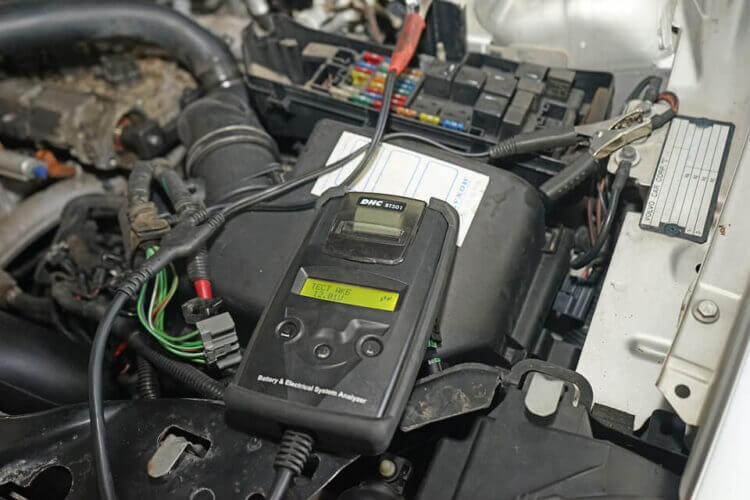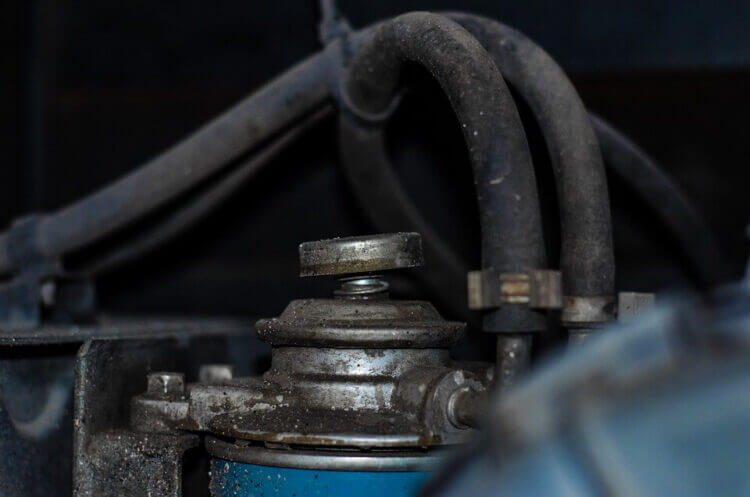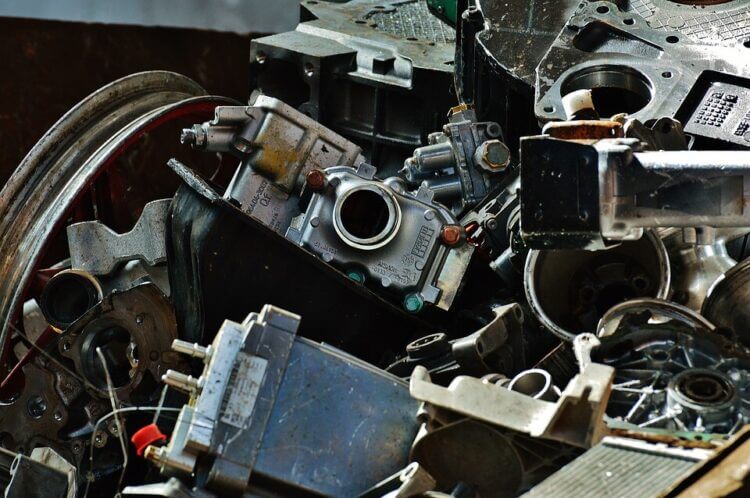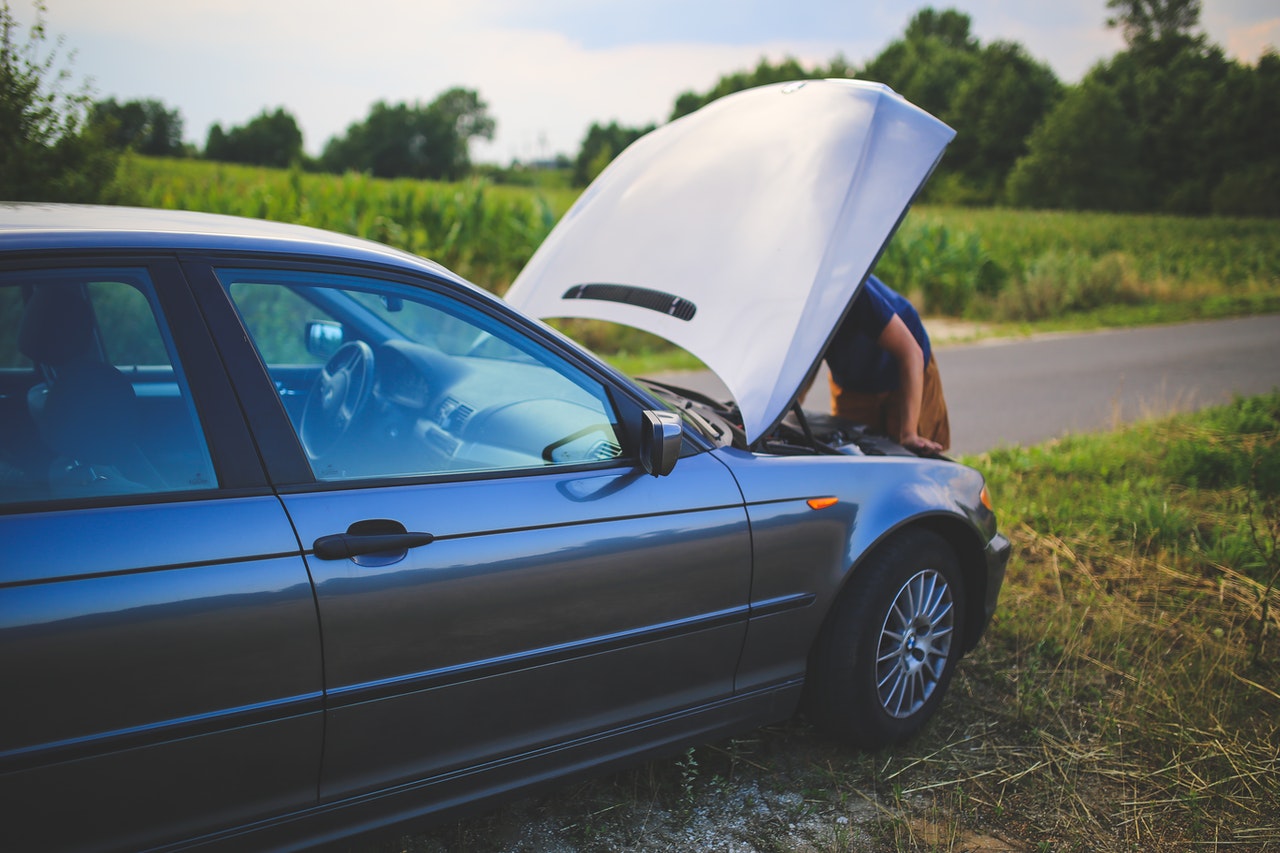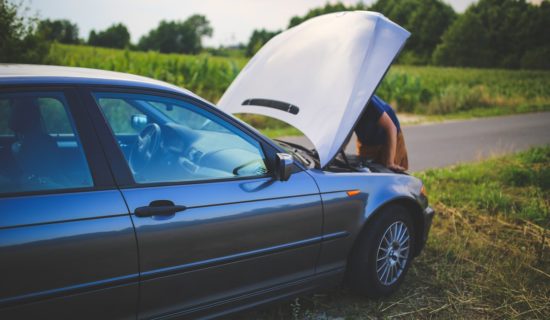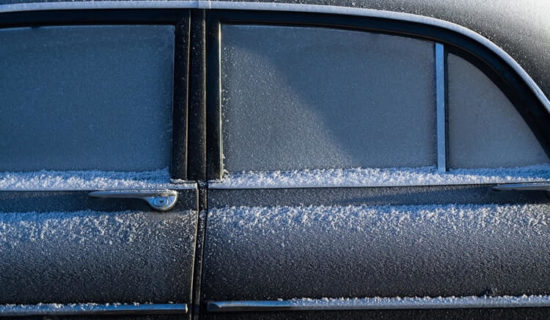How to Know Your Battery May Need Replacement
There are four main factors that can kill off your accumulator:
- Heat – it can speed up the corrosion process and electrolyte evaporation
- Cold – during lower temperatures, starting your engine can require to twice as much current as needed in normal weather conditions
- Vibration – it can shake the plate around and weaken internal connections
- Discharging – this is definitely the worst thing for a lead-acid battery and usually happens thanks to human error – leaving your headlights on, for example
Still, keep in mind that short trips can also kill your accumulator because the generator doesn’t run long enough to charge it fully. Of course, don’t forget about the average battery life – three to five years. That being said, batteries die over time, and their lifespan might be even shorter if you’re in an area exposed to cold winters.
So, how do you know your accumulator may need replacement?
Fortunately, some indications and symptoms can warn you in time:
- Slow engine crank
- Appearing check engine light
- Low battery fluid level
- Bloated battery case
- Sulfur odor around the accumulator (similar to rotten egg smell)
